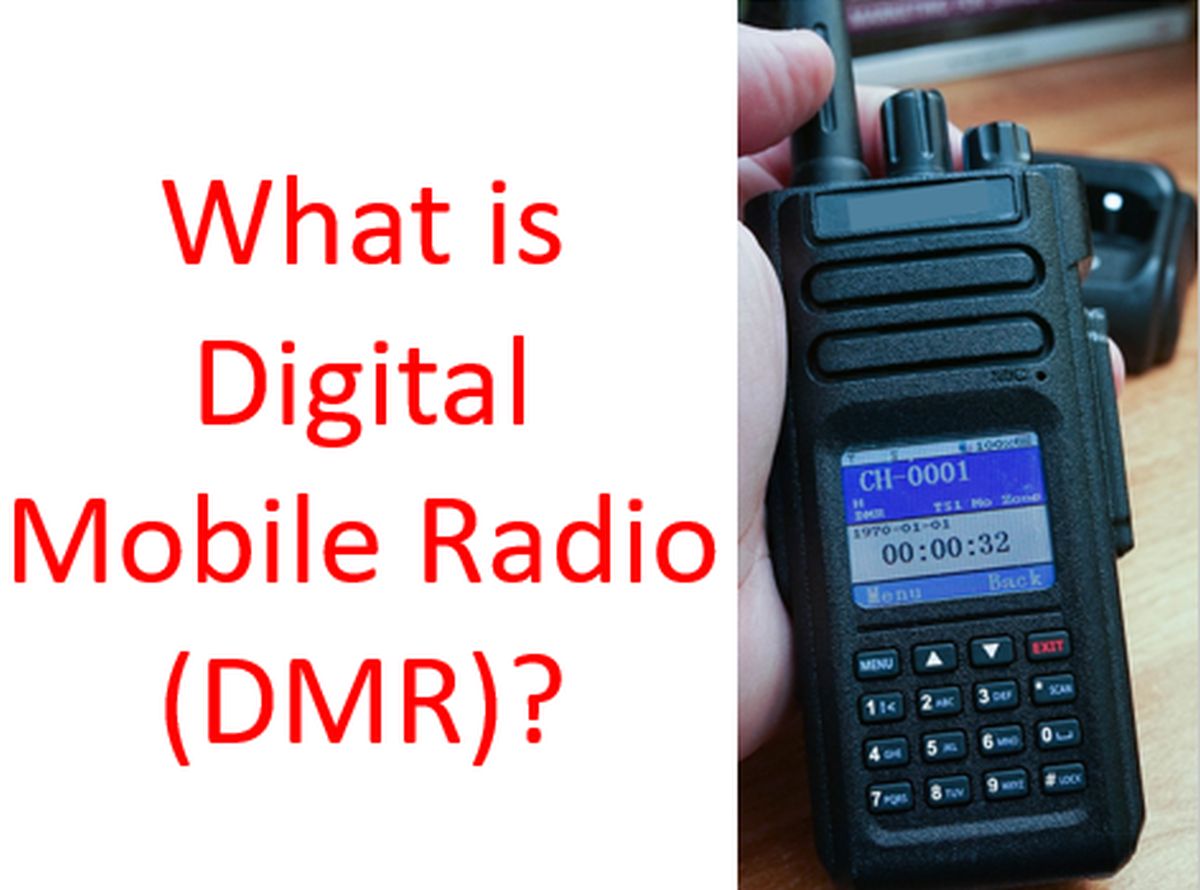What is Digital Mobile Radio (DMR)?
What is Digital Mobile Radio (DMR)?
Digital Mobile Radio, known in short as DMR is the digital counterpart of conventional analog radios. It uses Time Division Multiple Access or TDMA technology for transmission. As it uses TDMA technology it can operate two slots in a conventional 12.5 KHz channel spacing. European Telecommunications Standards Institute or ETSI created the DMR standard in 2005, which has been revised several times, as late as 2018.

DMR can operate both in the Very High Frequency or VHF range which is between 30 MHz to 300 MHz and the Ultra High Frequency or UHF range between 300 MHz to 1 GHz. As in the case of analog transceivers, DMR range can be extended using repeaters. Repeaters could be linked to each other using internet to provide global coverage.
ETSI has envisaged 3 tiers for DMR of which Tier I is licence free in most countries of the European Union in a specific band. Tier II needs licence and is for frequency bands from 66–960 MHz. Tier III is for trunking in the same spectrum and supports voice and short messaging. Tier III also supports packet data with support for Internet Protocol Version 4 (IPv4) and Internet Protocol Version 6 (IPv6).
An article on DMR in Wikipedia mentions that Federal Communications Commission of the United States of America (FCC) officially approved the use of DMR by amateurs in 2014. But a search on Digital Mobile Radio at the FCC website did not return any results on 21st January 2023. So I am not sure on the status of use of DMR by radio amateurs.
Another advantage mentioned for DMR over analog radio is the added security provided by authentication and encryption. DMR has also facility for location using Global Positioning System (GPS). This has been touted as a boon if you lose your way in a remote place. Other potential advantages of DMR are a clearer audio and better battery life.